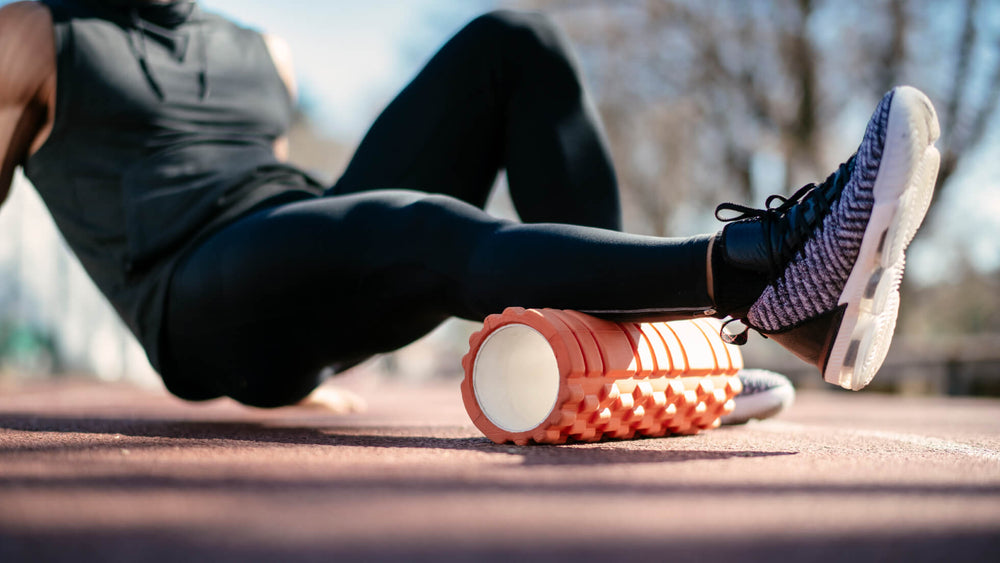Is a Running Gait Analysis Right for You? What Runners Need to Know

Your running form and biomechanics play a critical role in your performance, efficiency, and injury risk. One of the most valuable tools to optimize your running technique is a comprehensive running gait analysis. But with so many runners debating whether this assessment is worth the investment, it's important to understand exactly what a gait analysis entails and how it can benefit your running journey.
Who Should Get a Running Gait Analysis?
While a running gait analysis can benefit runners of all levels, there are certain individuals who stand to gain the most from this in-depth evaluation:
Injury-Prone Runners: If you seem to be constantly dealing with overuse injuries like shin splints, runner's knee, or Achilles tendinitis, a gait analysis can help identify the underlying biomechanical factors contributing to these issues.
Experienced Runners Plateauing in Performance: Even seasoned runners can develop suboptimal movement patterns over time. A gait analysis can help uncover inefficiencies that may be hindering your progress.
Runners Transitioning to a New Shoe or Terrain: Changing your footwear or switching from road running to trail running can significantly impact your biomechanics. A gait assessment can ensure a smooth transition.
New Runners: Establishing proper running form from the start can prevent the development of harmful habits. A gait analysis is an excellent investment for beginner runners.
Ultimately, any runner looking to improve their running economy, reduce injury risk, and unlock their full performance potential can benefit from a comprehensive gait analysis.
What Professionals Offer Running Gait Assessments?
Running gait analyses are typically performed by healthcare and fitness professionals with specialized training in biomechanics and movement analysis. Here are some of the key experts who may provide this service:
Physical Therapists: PTs with experience in sports medicine and running injury rehabilitation are well-equipped to conduct in-depth gait assessments.
Certified Athletic Trainers: ATs are trained to evaluate movement patterns and identify areas for improvement in athletes.
Exercise Physiologists: These professionals specialize in the science of human movement and can provide valuable insights into optimizing running mechanics.
Specialty Running Stores: Many dedicated running retailers employ experts who can assess your running gait and recommend the best shoes and orthotics to support your unique biomechanics.
When selecting a provider for your running gait analysis, look for someone with extensive experience working with endurance athletes and a track record of helping runners achieve their goals. Ask around on your next group run and you’ll probably come away with some recommendations.
What to Expect During a Running Gait Analysis
The format of a running gait analysis can vary slightly depending on the provider, but typically involves a combination of the following assessments:
- Biomechanical Evaluation: Your form will be analyzed in detail, either through visual observation or with the aid of video capture and motion tracking technology. The expert will assess factors like foot strike pattern, knee and hip alignment, stride length, and arm carriage.
- Functional Movement Screening: You may be asked to perform a series of dynamic movements, such as squats, lunges, and single-leg balances. This helps the provider identify any flexibility, stability, or mobility limitations that could be impacting your running mechanics.
- Footwear Assessment: Your current running shoes will be evaluated for wear patterns, cushioning, and overall suitability for your foot type and gait.
- Personalized Recommendations: Based on the findings from the assessment, the provider will offer tailored recommendations to optimize your running form. This may include suggestions for strengthening exercises, mobility drills, orthotics, or even a transition to a different shoe model.
It's important to come prepared for your gait analysis by wearing your typical running attire and shoes. Avoid any intense training in the 24–48 hours prior to your appointment to ensure your muscles are not overly fatigued during the assessment, which could cause you to run weird.
The Benefits of a Running Gait Analysis
While the upfront cost of a running gait analysis may seem like an investment, the long-term payoffs can be truly transformative for your running performance and injury resilience. Some of the key benefits include:
- Improved Running Economy: By addressing inefficiencies in your running mechanics, you can improve your form and reduce energy expenditure, allowing you to run faster and farther with less effort.
- Reduced Injury Risk: Identifying and addressing the root causes of your biomechanical imbalances can prevent the development of overuse injuries.
- Enhanced Training and Recovery: With personalized recommendations, you can tweak your training program, strength work, and recovery strategies to support your unique needs.
Whether you're a seasoned runner or just getting started, a comprehensive running gait analysis can be a game-changer when it comes to knocking out miles and feeling good doing it.
Take the next step in your training regimen: Try any BRL Sports supplement risk-free! If our natural nutritional products aren’t the best you’ve ever used, simply return your purchase for a 100% refund — no questions asked!
Also in Inspiration & Perspiration

High Altitude Supplements: Complete Guide to Training & Prevention (Altitude Sickness Solutions)
Support endurance and reduce altitude stress with supplements that improve oxygen efficiency, stamina, and recovery in high-altitude conditions.

Best Supplements For Runners: Complete Guide By Training Phase (Base, Peak, Taper & Race Day)
Discover the best supplements for runners by training phase—base, peak, taper, and race day—to boost endurance, recovery, and performance.

Creatine for Endurance vs. Sprint Efforts
Creatine isn’t just for power—learn how it boosts sprint speed, recovery, and endurance performance.


